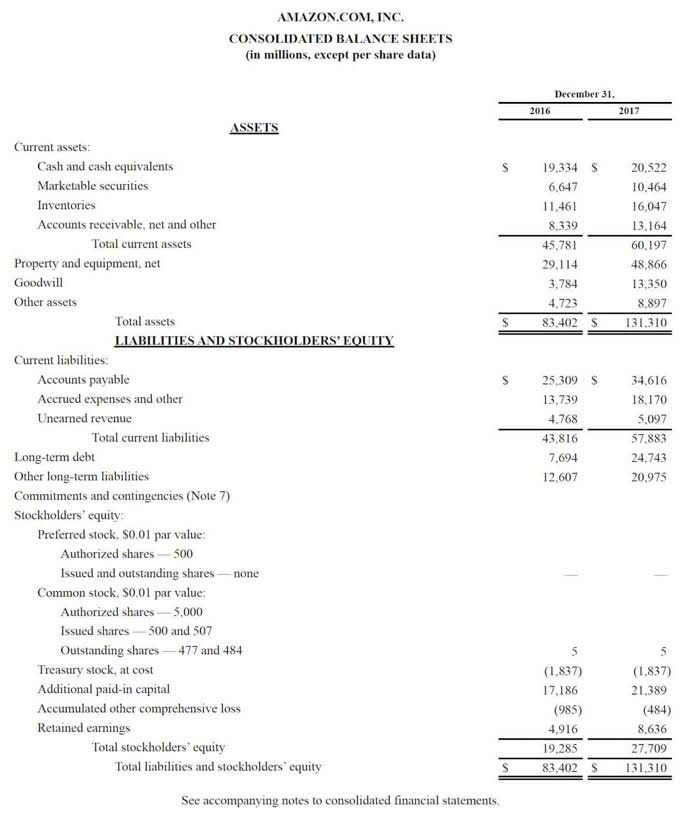
A longer DPO indicates that you are retaining cash for a more extended period, which can be advantageous for working capital management. Days Sales of Inventory (DSI) is a crucial metric that measures how quickly your company turns its inventory into sales. A shorter DSI indicates efficient inventory turnover, which is essential for cash flow and reducing carrying costs. Now that you have a solid understanding of the operating cycle and how to calculate it, let’s https://www.bookstime.com/ explore practical strategies that can help you optimize and enhance the efficiency of your operating cycle. These strategies are fundamental for businesses looking to improve their cash flow, reduce working capital requirements, and ultimately boost profitability. The operating cycle is the average period of time required for a business to make an initial outlay of cash to produce goods, sell the goods, and receive cash from customers in exchange for the goods.
Employers looking to streamline their operations and boost profitability should pay close attention to their operating cycles. An operating cycle refers to the number of days it takes for a company to convert its investment in inventory, accounts receivable (A/R), and accounts payable (A/P) into cash. The cycle formula is very important as it is useful in assessing a company’s operational efficiency. Cycle means that the company can recover its investment in inventory faster during a longer op. Cycle means that the company takes longer to transform inventory into sales and cash.
Our Services
An Operating Cycle (OC) refers to the days required for a business to receive inventory, sell the inventory, and collect cash from the sale of the inventory. The similar words to the OC that most people get confused about are the cash-to-cash cycle, net operating cycle, and cash conversion cycle. The balance in the Income Summary account is transferred to retained earnings because the net income (or net loss) belongs to the shareholders.
- It begins with the acquisition of raw materials or inventory, which are then transformed into finished products through the production process.
- Determine the average number of days it takes for the company to collect payment from its customers after a sale.
- The operative cycle, also referred to as the operating or working capital cycle, is a fundamental aspect of a company’s financial operations.
- After the products or services are ready, the next step is sales and accounts receivable.
- At the start of the calculation, the sum of DIO and DSO represents the operating cycle – and the added step is subtracting DPO.
- On the other hand, if held for a less time period, the OC will be decreased.
We may earn a commission when you click on a link or make a purchase through the links on our site. All of our content is based on objective analysis, and the opinions are our own. They also make large quantities of these items and have little to no inventory to maintain. For example, take a look at retailers like Wal-Mart and Costco, which can turn their entire inventory over nearly five times during the year. Access and download collection of free Templates to help power your productivity and performance.
LO3 – Prepare an adjusted trial balance and explain its use.
The cycle should ideally be kept as short as possible to lower the business’s financial requirements. However, you can also calculate the ratio by dividing the cost of products sold by the average inventory. If that is the case, then the operating cycle would be from when cash was outlaid to pay whatever expenses were needed to get the next service up and running to when the cash was ultimately collected for that service. The first step is to calculate DIO by dividing the average inventory balance by the current period COGS and then multiplying it by 365.

An operating cycle is a vital concept in business operations that helps companies manage their cash flow efficiently. It refers to the time it takes for a company to acquire inventory, convert it into finished goods, sell the goods, and receive payment from customers. Understanding the operating cycle is crucial for businesses as it impacts their liquidity, profitability, and overall financial health.
Step 3 of 3
Assume its actual useful life is 10 years (120 months) and the equipment is estimated to be worth $0 at the end of its useful life (residual value of $0). Thus, several management decisions (or negotiated issues with business partners) can impact the operating cycle of a business. Ideally, the cycle should be kept as short as possible, so that the cash requirements of the business are reduced. His company’s OC would begin when he buys various products from suppliers to sell to customers.
Investors can determine a firm’s investment quality by tracking its OC’s historical record and comparing it to peer groups in the same industry. There are several factors in a company’s OC, and an operational cycle may assist in identifying a company’s financial status. The operating cycle operating cycle is relatively straightforward to calculate, but more insights can be derived from examining the drivers behind DIO and DSO. 11 Financial may only transact business in those states in which it is registered, or qualifies for an exemption or exclusion from registration requirements.

